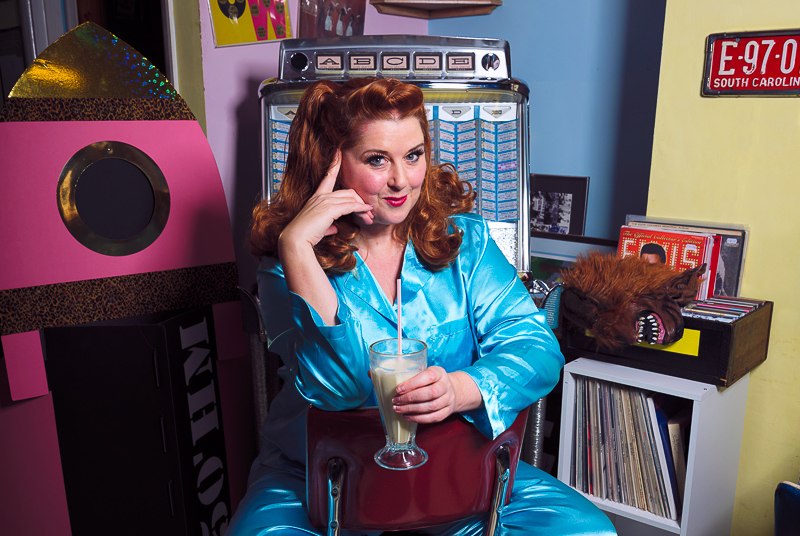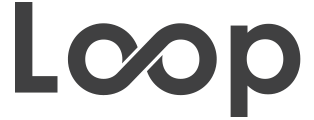
Shooting funky portraits
Posted to Focus on September 20, 2019
Loop photographer, James Bellorini, has just finished shooting a major portrait project for an exhibition commissioned by Brighton Fringe: 35 portraits of performers and creators photographed in just over 2 months. We caught up with him and grilled him on his portrait techniques..
Hi James, you have a huge portrait portfolio featuring an eclectic mix of characters, how do you make sure you really understand your subject and their personality before the shoot?
For me, photographing portraits is all about trust. I’m aiming for subjects to be comfortable enough to reveal something about themselves. That’s a big ask, especially in today’s world when people are more protective of their image. My portrait process is about building trust and engendering confidence in the subject and them in me. The key to this is to work collaboratively: the subjects are part of the whole process of making their portrait.
To begin that process, and to understand a subject better, I like to meet in advance in a cafe or a restaurant. I ask questions about what interests and inspires them, find out what places of interest resonate with them or have importance in their life.
When working with a subject I’m curious but respectful, as well as very honest and open about being human. Listening is SO important, as is making mental notes of things they might do: gestures, mannerisms, looks etc. From this I’m seeking to find something that keys me into a visual idea to take further.
I start to formulate instinctual ideas and then propose them to the subject. In this way we find what feels right for both of us. Sometimes it’s easy, sometimes it’s harder. But that’s where the creativity and willingness to journey with the subject comes in. I’m not going to impose something on someone that doesn’t feel right to them. Conversely, I am always willing to change and improvise at the shoot if something moves it in a different direction or something doesn’t feel right (or, more often than not, if the weather changes!!) providing that the set up remains authentic.
During the shoot, how do you draw out the subject’s characteristics?
Another reason for meeting a subject beforehand is that the ‘ice’ has already been broken before the shoot. We’re no longer strangers. That’s a massive help. In addition, during the shoot, I encourage them to talk, laugh and throw off the notion that they have to be a certain way in front of the camera.
A lot of people do have a ‘safe’ camera persona and that doesn’t lead to honest portraits. I’m looking to get beyond that. Some people find it easy to drop, some don’t. I have a number of tricks and ‘games’ that help, for example simply getting subjects to close their eyes for a minute and think about a specific aspect of their world before opening them on a count of three. And being patient is an absolute necessity.
I talk to my subjects throughout the shoot – asking questions from behind the camera and when I put the camera down, something I regularly do. I make eye contact as often as I can, but I’m always conscious of the fact that there’s a time for talk and a time for silence, and I’m not afraid to use both in a shoot.
And through it all I’m completely zoned in on my subject, especially through the viewfinder; looking for the things that pass quickly but might epitomise them, especially concentrating on gestures, movements and where their gaze might fall.
On the subject of being ready to respond to the moment, well that’s where being able to rely on my camera (and my knowledge of its capabilities) is paramount. I need to know that the camera will respond to what I’m seeing without getting in the way.
You are very much a Fuji evangelist, what kit did you choose and why?
I chose to shoot everything with my GFX 50S and the GF32-64mm and GF110mm lenses. Partly because I’m so familiar with the Fujifilm camera ergonomics and menus from my use of their APS-C cameras over the years, but also because I needed to rely on the camera’s technical abilities: accuracy of focus which is paramount for medium format and helped by such things as focus peaking, especially as the images will be exhibited as large A0 size prints; strength of performance (I used it everywhere from outdoors in the Winter rain and snow to the studio); and the beauty of its image quality which I have found to be a real liberation in terms of the kind of work I can put out both for my commercial imagery and, in this case, an extended project. Although I had the occasional niggle, the GFX came through every time and helped me to create a body of work that feels like a step-up in terms of how I work with and present people in my photography.
Each of your images not only capture the subject’s personality, but have been set up and shot in pertinent locations. How do you decide on the set up for the shoot?
When it comes to choosing locations and setups for portrait shoots, well, that varies. In the case of the exhibition I mentioned, I knew I wanted some sense of continuity across the different subjects. So, for 90% of the images, I chose to shoot with a single off-camera flash even when shooting outdoors. This kept lighting decisions constant so I could concentrate on the look and feel of the shoots.
Some of the locations I use come out of the initial meetings with subjects. Either they are obvious ones that have importance in terms of their personal history, or we discover a location as ideas grow, especially where it might reveal a different take on the subject.
At other times I propose locations I’ve seen whilst travelling around that I’d like to use. I love to find places that offer curious juxtapositions, where opposing visual elements might come through and highlight something surprising about the subject. It’s that element of surprise, mixed with truth, that I’m always looking for in my photography.
You can see more of James’ portrait work here


